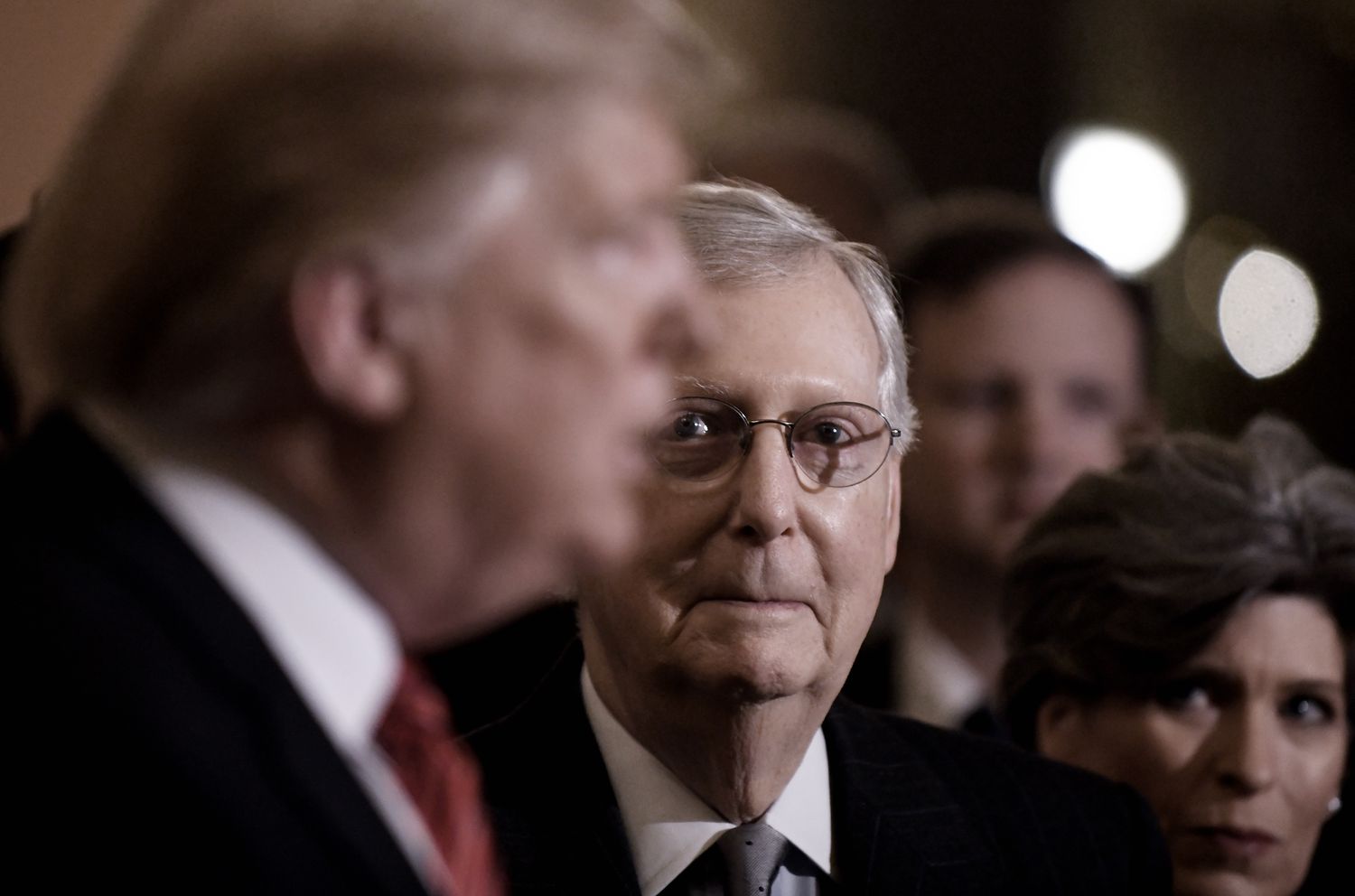The fiscal year 2006 budget describes federal government revenue and spending between October 1, 2005, and September 30, 2006. The economy was booming, with economic growth at 2.9%. In fact, the Federal Reserve raised interest rates to cool growth. But, instead of taking advantage of growth to reduce the deficit and debt, President George W. Bush increased it.
Why was there even a deficit at all? Economic growth had been steady for several years. The government should have been using those “fat years” to save for the future. It should have spent less, thus cooling the economy, not overheating it with deficit spending. This contributed to the economic boom, which when it was over, caused the Great Recession.
Revenue
In FY 2006, the federal government received $2.407 trillion in revenue. Income taxes contributed 45%, Social Security taxes were 34%, corporate taxes were 12%, and the remaining 9% came from excise and other miscellaneous taxes.
Bush had budgeted $2.178 trillion in revenue receipts. Since the economy was doing so well, tax revenue came in higher than expected. (Source for all actual receipts and spending is FY 2008 Budget Summary Tables. Source for all budget estimates is FY 2006 Budget Summary Tables.)
Spending
The federal government spent $2.655 trillion. Over half or $1.412 trillion went toward mandatory programs, such as Social Security, Medicare, Medicaid, and Military Retirement programs. These expenditures are mandated by law, and cannot be changed without an act from Congress.
Discretionary spending was $1.017 trillion. This is the portion of the budget that Congress allocates. It can use the president’s budget as a starting point. But the Constitution gave Congress the only authority to raise and spend money for the federal government.
The budget process traditionally begins with the president’s budget. It describes his priorities and what the various agencies need for next year’s operations. The discretionary budget and taxes are the two main tools of discretionary fiscal policy.
A whopping $227 billion was spent on nothing more than paying the interest on the $8.4 trillion national debt.
Mandatory Spending. Social Security at $544 billion was the largest mandatory expenditure, at 37% of the total. Health care spending was next, at $511 billion. Of this, Medicare was $325 billion, and Medicaid was $186 billion. All other remaining mandatory programs cost $357 billion.
Discretionary Spending. Military spending is the largest category in the discretionary budget. You have to do a little sleuthing to find all the cost centers. It includes more than the Department of Defense budget. You must also count the War on Terror, including military operations in Iraq, Syria, and the War in Afghanistan. This is in a supplementary budget called Overseas Contingency Operations.
There are five other agencies that support defense that should also be included. They are the FBI and Cybersecurity, under the Justice Department budget; the National Nuclear Security Administration, under the Energy Department budget; Homeland Security; the Department of Veterans Affairs; and the State Department.
In FY 2006, military spending was $639.7 billion. It includes:
- The base budget for the Department of Defense – $410.7 billion.
- War on Terror supplemental spending – $120.4 billion.
- Support departments – $108.6 billion. These include Homeland Security ($30.7 billion), Veterans Administration ($32.9 billion), State Department ($30.2 billion), FBI ($5.7 billion), and the National Nuclear Security Administration ($9.1 billion).
Non-security spending was $451 billion. The largest departments were: Health and Human Services ($69 billion), Education ($56 billion), Housing and Urban Development ($34 billion), Veterans Affairs ($33 billion), the State Department ($30.2 billion), and Agriculture ($21 billion) .
Discretionary spending also included supplemental spending for Hurricane Katrina clean-up ($24.7 billion), the influenza pandemic ($6.1 billion), and border security ($2.2 billion). This totaled $33 billion. (Source: FY 2008 Budget, Table S-2, Table S-3)
Deficit
The worst effect of the FY 2006 budget was its $248 billion deficit. Keep in mind that most of this deficit went to pay the interest on the debt. As in all budget proposals, the deficit was projected to decline within five years. The government always paints a rosy picture of revenues gracefully rising faster than outlays.
Instead, rising deficits reached a peak of more than $3.1 trillion in FY 2020 due to the fiscal stimulus needed to combat the COVID-19 pandemic and the recession that ensued.
Expansionary fiscal policy backfires when used too much and for too long. It puts downward pressure on the dollar’s value, increasing the price of imports and adding to inflation. This eats away at the value of the dollar, thus reducing the cost of living.
At the same time, it acts as a tax on future generations, who must bear the burden of paying off our debt. This puts downward pressure on future economic growth.
Compare to Other Budgets
- Current Federal Budget: FY 2021
- FY 2020
- FY 2019
- FY 2018
- FY 2017
- FY 2016
- FY 2015
- FY 2014
- FY 2013
- FY 2012
- FY 2011
- FY 2010
- FY 2009
- FY 2008
- FY 2007
